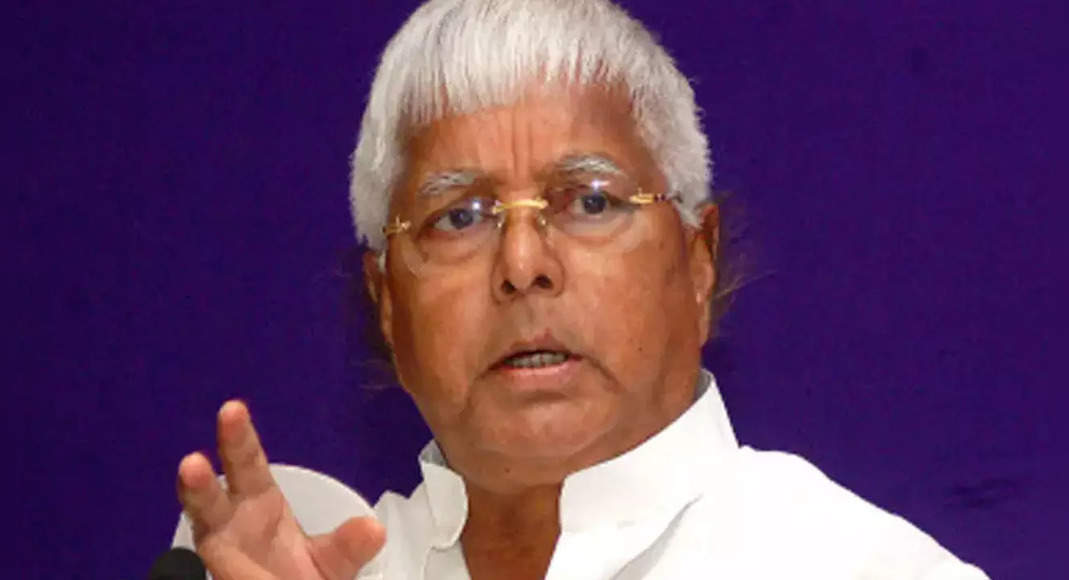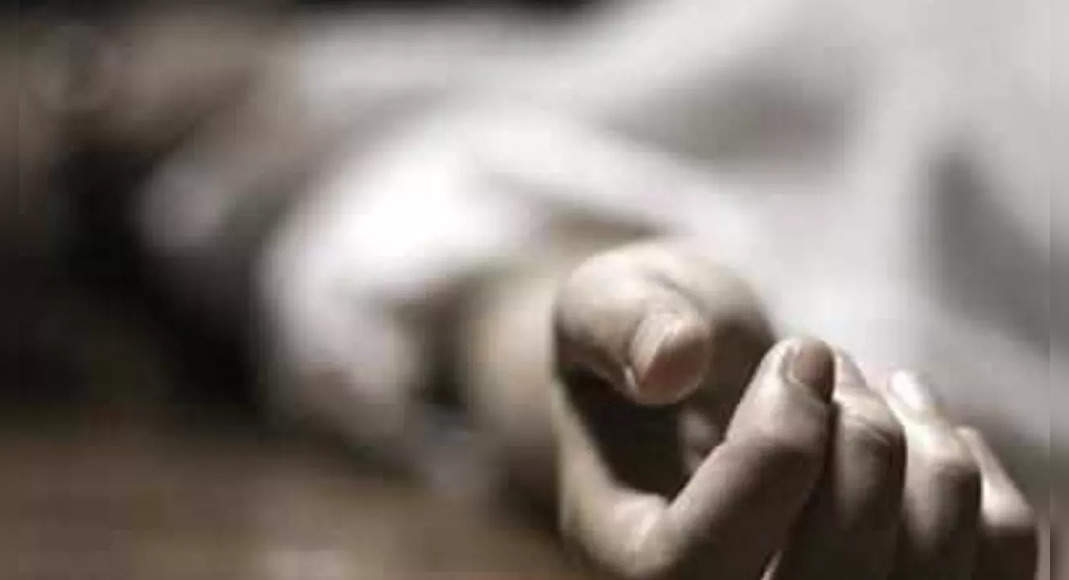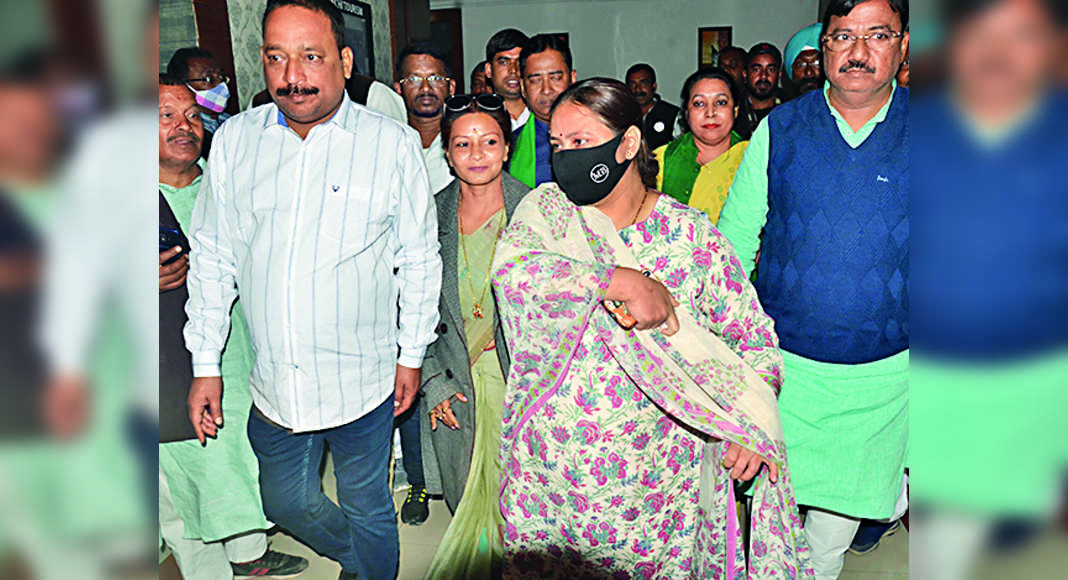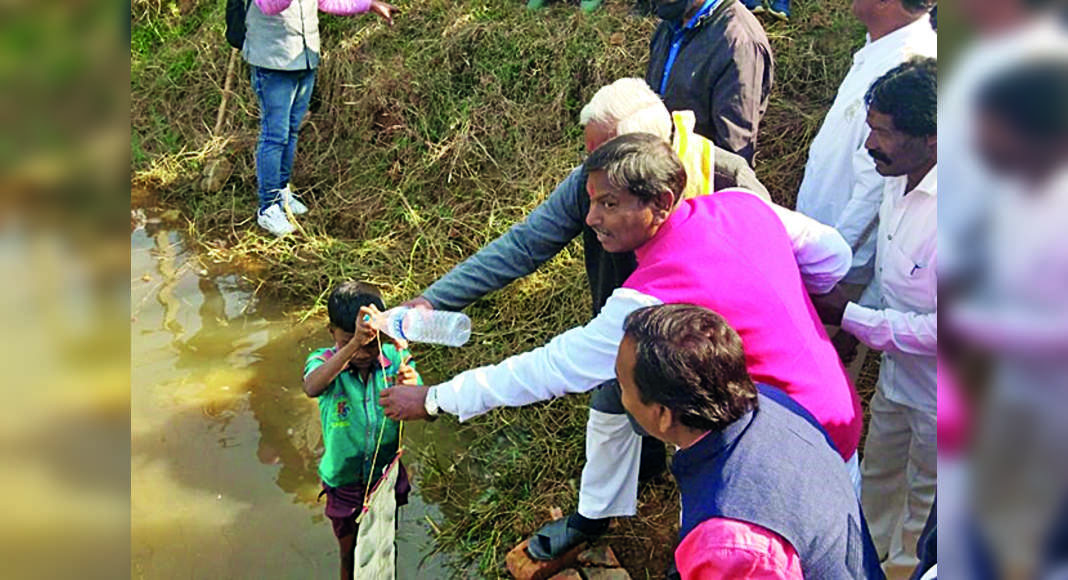RANCHI: The state government’s recent claims that the spread of Covid-19 in rural areas has been negligible during the ongoing second wave is contradictory when one goes through the daily bulletin, which indicates that the virus has wreaked havoc in the villages.
The health department had carried out an Intensive Public Health Survey (IPHS) from May 25 to June 6 using RAT kits where it found that the rural areas were largely unaffected by the virus.
However, the virus, which became more virulent and spread to more number of districts from April onwards — which is when the second wave struck Jharkhand — has affected nearly 12 districts this year, most of which have rural clusters.
Districts like Ranchi, East Singhbhum, Dhanbad, Chaibasa, Garhwa, Giridih and Godda, which have mostly urban clusters, had lower share of net Covid cases this time, when compared to their last year’s figures.
For example, Hazaribag reported 4,478 cases during the first wave, sharing 3.62% of the state’s entire caseload of 12,35,08.
However, during the second wave it recorded 14,701 cases (between April 1 and June 6), which account for 6.76% of the entire caseload of 2,17,417.
Similarly, Koderma, with 3,538 cases last year, had 2.86% of the total cases but now, its share has increased to 4.16%.
The increase in share of total caseload during the second wave was observed in 10 more districts — Gumla (3.28%), Palamu (3.91%), Ramgarh (4.16%), Deoghar (3.14%), Jamtara (1.89%), Khunti (2.53%), Latehar (2.57%), Lohardaga (2.18%), Simdega (2.19%) and Chatra (1.36%).
Ranchi, for example, accounted for 28.4% of the total cases last year but during the second wave, it reported a dip in cases as it accounted for 22.84% of the total cases.
A similar dip was observed in Dhanbad whose share came down to 3.73% in the second wave from 6.42% last year.
East Singhbhum had 15.4% of the total caseload but that has now come down to 14.45%.
Explaining the difference between IPHS and the regular data, nodal officer Siddhartha Tripathy said, “No district should be considered as rural or urban when considering data.
There may be difference at the level of blocks and panchayats and our survey was aimed at finding out if the situation is really grim in the villages.” Asked if it was correct in assuming that the virus has not spread in rural areas, Tripathy said the extent of transmission in rural areas is not as alarming as was being suspected before the extensive survey.






